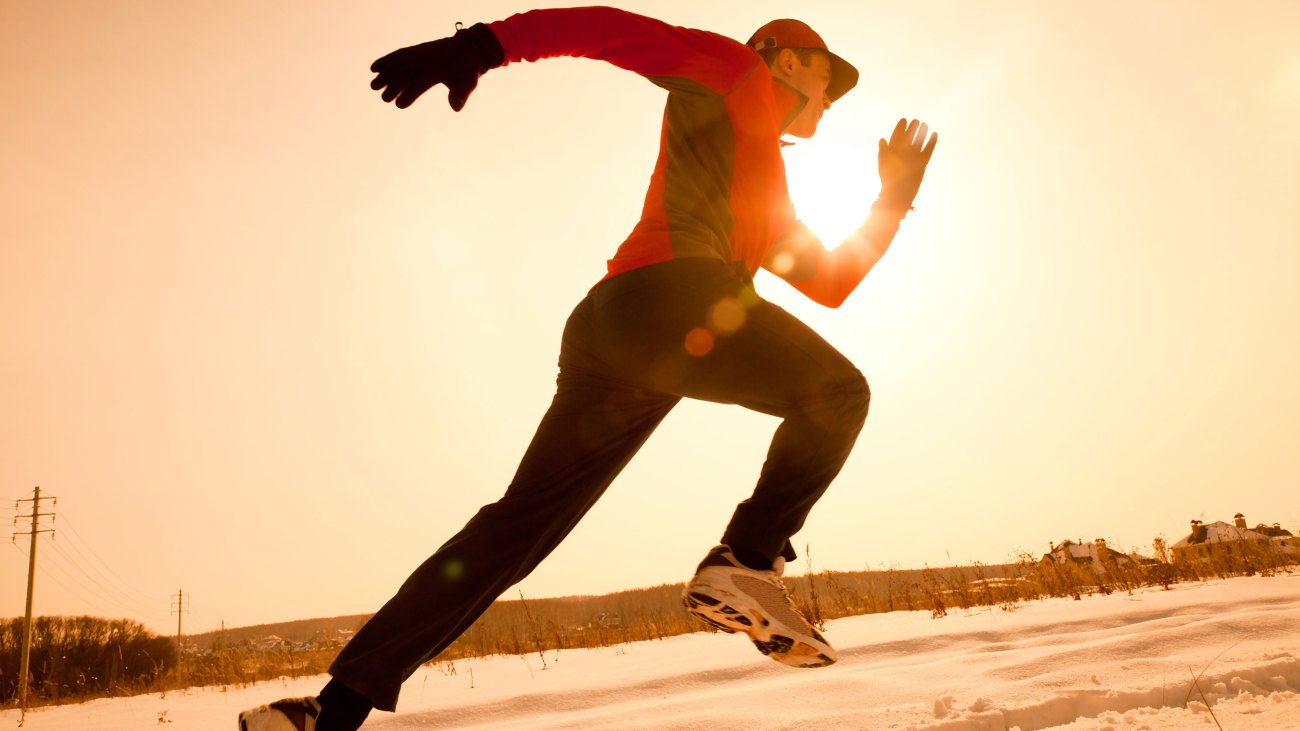28-Days-to-Lean Meal Plan
With the right plan and the right discipline, you can get seriously shredded in just 28 days.
Read article
Cold-weather training is common among hockey players, skiers, snow boarders, and winter-sport endurance athletes. Battling the elements during training or competition can wreak havoc on your body and reduce your ability to perform at your highest level if the proper precautions are not taken. Preventing cold weather injuries and training effects should be of primary importance, especially as the temperature drops below freezing.
Tolerance to cold-weather training is much more difficult for the body, compared to hot-weather training. Heat is lost more readily via convective heat transfer from the skin, and the body has more difficulty maintaining its internal temperature in these conditions. Fitter athletes have an easier time maintaining a given exercise intensity and higher rates of metabolic heat production in colder weather than their unfit counterparts; but if heat loss exceeds heat production, the overall body heat content decreases, and peripheral and core body temperatures start to decline. If the body’s internal temperature drops below 35°C (95°F), hypothermia can develop, which can result in shivering, confusion, fatigue, and slurred speech. Reductions in internal body temperature can result in abnormal cardiac rhythms and eventually death.
Freezing injuries, such as frostbite, are also a potential threat to winter athletes. Frostbite occurs when tissue temperatures fall below 0°C (32°F) and is most common in exposed skin, but can also occur in clothed hands and feet. In addition, if fatigue is high, due to physical exertion with training, sleep restriction, or underfeeding, the athlete’s ability to maintain thermal balance is reduced. Lastly, respiratory problems such as exercise-induced asthma and bronchial hyper-responsiveness are also common with cold-weather training. Breathing through the mouth during higher-intensity exercise can result in further heat and water loss from the expired air, and initiate an asthmatic response.
Plan your attack, and be prepared the next time you train in the cold. Keep your performance level high with these five tips.

Halfpoint

LMproduction

VGstockstudio

Supawadee56

Dragana Gordic